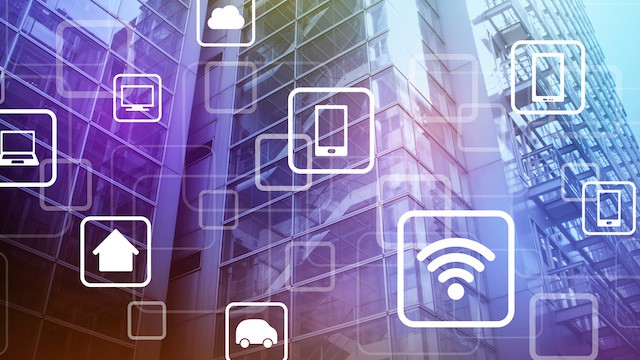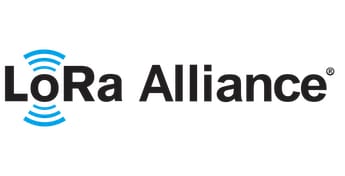A smart building is a future-ready building that leverages a converged IP backbone to streamline data collection from building subsystems to optimize and manage the building's operations through the deployment of trusted technologies, such as IoT sensors, enhanced BMS with Artificial Intelligence and Machine Learning (AI/ML) functionalities, cloud services, and real-time data analytics to provide greater insights and efficiencies with measurable smart outcomes and desired benefits for various building stakeholders.
The results are:
- Enhanced experiences for tenants and visitors
- Reduced costs and more efficient, optimized operations for building managers
- Increased asset value and reduced risk for building owners and investors
- Sustainable operations for city inhabitants, local government, and shared public resources
Smart Building Technology: Better User Experience
The bottom line is that smart buildings not only enhance the experience for tenants, but also empower owners to efficiently manage their properties. By seamlessly integrating advanced technology and security measures, smart buildings ensure a safe and convenient environment for everyone. Moreover, these intelligent structures significantly reduce operating costs and increase the overall value of the property.

Smart Building Features:
Automatic Temperature Controls
Smart buildings maximize the temperature not just of the building but in specific areas. For example, just like your Nest knows that you are coming home and to warm up or cool down your home, a smart building can do that at scale by managing the temperature of offices and locations based on actual usage rather than building wide settings.
Easier Security Access
Imagine just walking into the building and not ever showing a badge or getting out your key. Smart buildings can integrate with your phone to provide granular security to the building, a floor or even an office by knowing who you are and if you should be there.
Smart Building Outcomes Drive Owner Value
Common examples of outcomes for smart buildings include:
Optimized Operations
Converged operational technology (OT) and information technology (IT) to support remote system monitoring, predictive maintenance, automated settings, with the ability to get real-time insights from aggregated data views and adjust necessary functions to meet desired specifications.
Wireless-first Environements
Smart buildings allow for users to “untether” from their desks and roam the premises without losing connectivity, with the ability to connect to high-speed Wi-Fi or 4G/5G services.
Increased Sustainability
With proper data collection and analysis, automation technologies, and improved system and subsystem controls, building operations are becoming more sustainable by reducing their carbon emissions, stress on local power grids and water sources.
Cyber Security and Access Control
Smart buildings are mitigating the risk of new IoT-based infrastructure by converging cyber and physical security measures for enhanced emergency response services, utility monitoring, AI-based video tools, among many others.
Healthier and Productive Environments
Data-driven personalized experiences for occupants with adaptive settings automated to provide improved air quality, optimized lighting, temperature control, noise cancellation and more.
Smart Buildings Require a Holistic Approach
However, simply adding technology to a building does not make it a Smart Building. So how should property managers and businesses know if a building really is a Smart Building?
Producing smart outcomes as part of a building’s digital transformation strategy requires a holistic, industry-defined assessment to measure and understand the entire building’s capabilities and progress over time. The full scope of a building’s intelligence and the return on investing in smart outcomes, as a result of digital transformation, can be determined by measuring operational performance in 6 specific categories of building functionality:
- Connectivity
- Cybersecurity
- Health & Wellbeing
- Life & Property Safety
- Power & Energy
- Sustainability


Setting the Standard for Smart Buildings
Smart Buildings and the telecommunications technology that power them are at the leading edge of digital experiences for corporate real estate. This is why TIA and our member companies who power smart technology are taking the lead to define what truly makes a building a smart building.
Our Smart Building Standard is the industry-leading standard that takes a holistic approach to defining what makes a smart building.





